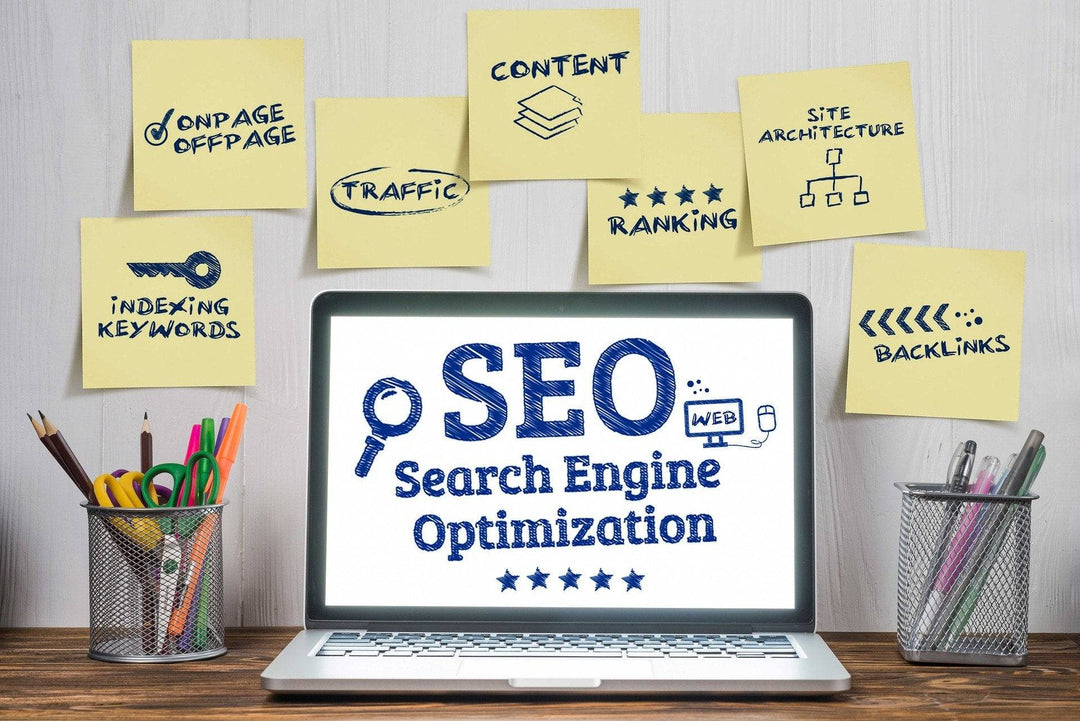Frequently Asked Questions
1. What is Shopify and why should I use it for my online store?
2. How do I create a Shopify account?
3. What are the essential steps to add products to my Shopify store?
4. How can I optimize my Shopify store for SEO?
5. What marketing strategies should I utilize after launching my Shopify store?
Are you ready to launch your very first Shopify store? The world of eCommerce is ripe for exploration, and with Shopify, you can set up your online store quickly and effectively. This comprehensive guide will walk you through every step, ensuring you not only create a beautiful store but also prepare for strong visibility through eCommerce SEO techniques. Let’s dive in!
Understanding Shopify and Its Features
Before jumping into the setup, it’s vital to understand what Shopify offers. Shopify is a powerful platform designed to make selling online accessible for everyone, whether you’re a seasoned entrepreneur or a beginner. Some key features include:
- User-friendly interface
- Customizable themes to reflect your brand
- Integrated payment gateways
- Strong app support for added functionality
- Robust customer support resources
Additionally, Shopify’s POS setup for Shopify allows you to effortlessly manage both online and in-person sales, making it easier than ever to run your business.
Creating Your Shopify Account
The first step in creating your Shopify store is signing up for an account:
- Visit the Shopify website.
- Click on the 'Start Free Trial' button.
- Provide basic information such as your email address, password, and store name.
- Complete the questionnaire to help Shopify tailor your experience.
Once you’ve created your account, you’ll be directed to your store’s dashboard. This is where the magic happens!
Choosing Your Store Design
A visually appealing store can significantly impact your conversion rates. To choose a design that resonates with your brand:
- Go to the 'Online Store' section in your dashboard.
- Click on 'Themes' to explore the available free and paid options.
- Preview various themes, focusing on layout, colors, and overall aesthetics.
- Once you find a theme you love, click ‘Customize’ to make it your own.
Customizing Your Theme
Customizing your theme involves adjusting elements such as:
- Colors: Select a color palette that aligns with your brand identity.
- Fonts: Choose easy-to-read fonts that complement your visuals.
- Images and Logos: Upload high-quality images that represent your products.
- Navigation: Ensure customers can easily find what they’re looking for with a clear menu structure.
Don’t forget to include key SEO elements in your design, such as alt text for images, meta descriptions, and header tags.
Adding Products to Your Store
Now that your store’s design is in place, it’s time to add products:
- Navigate to the ‘Products’ section and click ‘Add Product’.
- Input essential product details, including title, description, and pricing.
- Upload multiple images to give customers a clear view of the product.
- Add variants if applicable, such as different sizes or colors.
Crafting Compelling Product Descriptions
When it comes to eCommerce SEO, crafting compelling product descriptions can make a world of difference. Make use of:
- Clear and concise language that speaks to your target audience.
- Keywords naturally incorporated into your descriptions to improve search visibility.
- Bullet points for key features and benefits, making it easy for potential buyers to scan.
Setting Up Payment and Shipping Options
To ensure a seamless purchasing experience, it’s crucial to set up your payment and shipping options correctly:

Payment Gateway Setup
Shopify provides a range of payment gateways; here’s how to set yours up:
- Go to the ‘Settings’ section of your dashboard.
- Select ‘Payments’ to view your options.
- Choose from popular payment processors such as Shopify Payments, PayPal, or third-party options.
- Complete the setup for your selected payment method, ensuring your bank details are accurate.
Shipping Settings
Shipping can significantly impact customer satisfaction. Consider these steps:
- Navigating to the ‘Settings’ section and selecting ‘Shipping and Delivery’.
- Define your shipping zones and rates based on your target market.
- Consider offering free shipping for a minimum purchase to encourage larger orders.
Implementing Basic eCommerce SEO
With your store set up, it’s time to turn your attention to SEO. Optimizing your Shopify store helps improve visibility on search engines, driving organic traffic:
Optimize Your Store’s Structure
Start by ensuring your store is well-structured. This includes:
- Creating a logical hierarchy for your product categories and subcategories.
- Using relevant keywords in your URLs, titles, and product descriptions.
- Implementing a responsive design to cater to mobile users.
Enhancing Content with Keywords
Incorporate SEO keywords naturally into your content. Focus on:
- Including keywords in your product titles and descriptions.
- Using engaging blog posts to create valuable content that attracts visitors.
- Regularly updating your site with fresh content to keep search engines interested.
Testing Your Store Before Launch
Before officially launching your store, take the time to test everything:
- Complete a test purchase to ensure the payment process is seamless.
- Go through different device types to check responsiveness.
- Review all product descriptions, images, and links for accuracy.
- Get feedback from friends or family to identify any issues you may have overlooked.
Marketing Your New Shopify Store
After launching your store, it’s essential to market your products effectively. Consider these tactics:
- Social Media Marketing: Share captivating content on platforms like Instagram and Facebook to build a following.
- Email Marketing: Build an email list and send newsletters announcing new products or exclusive discounts.
- Influencer Collaborations: Partner with influencers to reach a broader audience.
Utilizing SEO for Marketing
Implementing eCommerce SEO strategies will significantly boost your marketing efforts. Focus on:
- Creating engaging blog content that ranks on search Engin
- Utilizing local SEO tactics, especially if you have a physical storefront.
Role of Analytics in Your Shopify Journey
Monitoring your store’s performance is crucial for continuous improvement. Leverage Shopify’s built-in analytics tools to track:
- Visitor traffic and behavior on your site.
- Sales conversions and the effectiveness of your marketing efforts.
- Popular products and potential areas for improvement.
Utilizing this data will help you make informed decisions that drive growth.
Using Third-Party Analytics Tools
In addition to Shopify's analytics, consider integrating tools such as Google Analytics for deeper insights. This will offer you additional metrics to enhance your marketing strategies and drive further traffic.
Your Future Awaits!
Congratulations! You’ve now navigated the essential steps in setting up your first Shopify store. By implementing intelligent design, engaging content, and effective marketing strategies, you’ll be well on your way to building a successful online business. Embrace each step of the journey and don’t hesitate to seek help as needed. The eCommerce world is full of opportunities—grab yours today!






Leave a comment